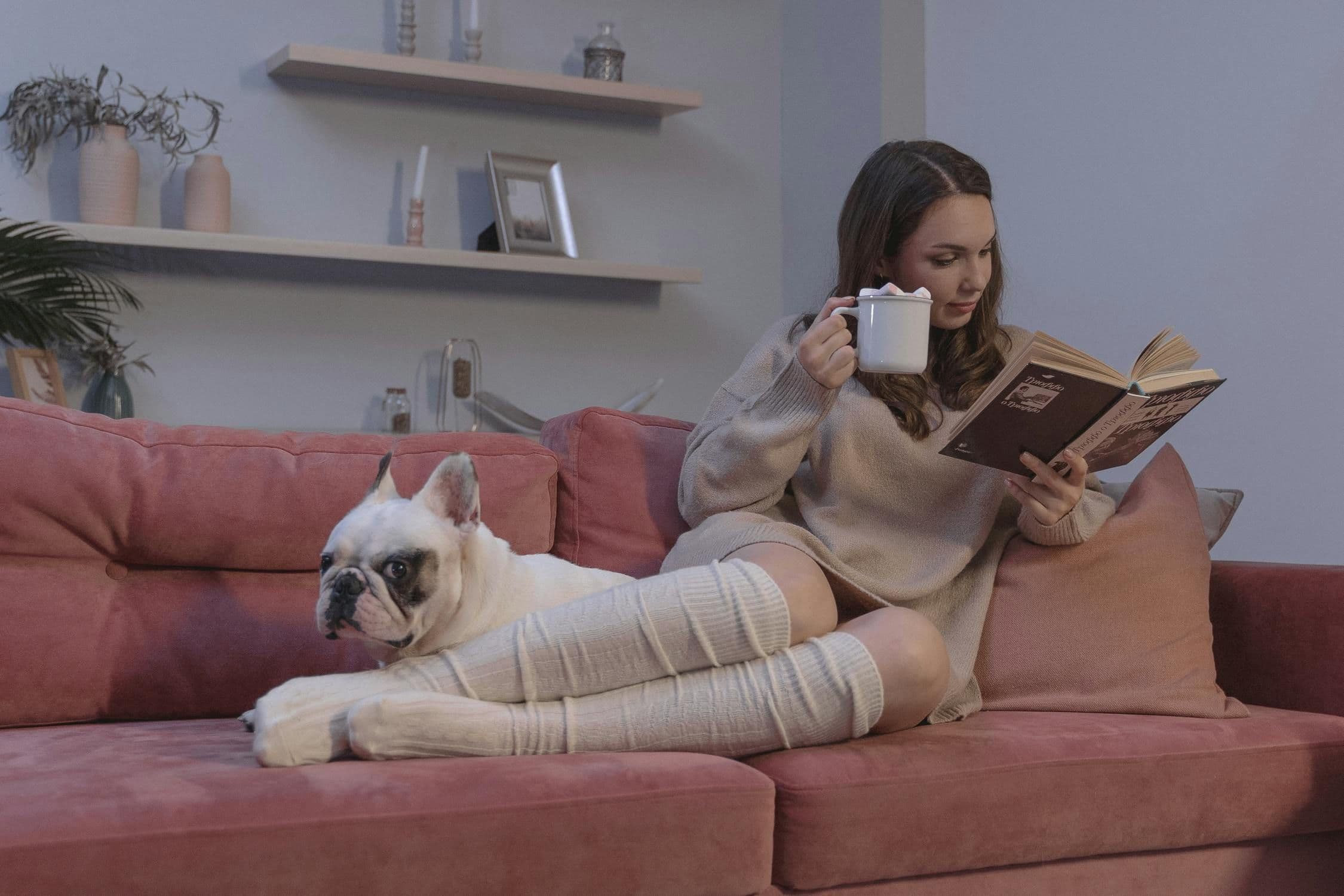Preventing SIDS: What Latest Research Shows
Baby & Child
Obie Editorial Team
 After months, and sometimes even years, of anticipating the birth of a child, nothing could be more devastating than to lose a newborn to Sudden Infant Death Syndrome (SIDS). While the condition is still not well understood, much research has been conducted in recent years in an effort to understand the causes and possible prevention of this heartbreaking illness. Below is a discussion of some of the latest findings.
After months, and sometimes even years, of anticipating the birth of a child, nothing could be more devastating than to lose a newborn to Sudden Infant Death Syndrome (SIDS). While the condition is still not well understood, much research has been conducted in recent years in an effort to understand the causes and possible prevention of this heartbreaking illness. Below is a discussion of some of the latest findings.
What is it?
SIDS, sometimes called "crib death," is the sudden and unexplained death of an infant who seemed healthy in every other way. It occurs when the child is sleeping. According to the Mayo Clinic website, SIDS occurs in boys more often than in girls, usually during the second and third month of life, and is more likely to happen in families with a history of the disease.
What are the causes?
The exact cause of SIDS is still unknown, but research suggests that babies who develop SIDS may have an abnormality in the part of the brain that regulates breathing during sleep. Respiratory infections may also play a role, as can low birth weight.
Can anything be done?
Research in recent years has brought to light some interesting findings. Some of these findings offer parents ways to minimize the risk of SIDS in their newborns.
- Sleeping environment: The most important study in recent years, summarized in the Journal of the American Academy of Pediatrics (AAP), found that how and where a baby slept could increase or decrease her risk of SIDS. At bedtime, the study concluded, all babies should be put in their cribs on their backs and without pillows, blankets or stuffed animals. In the colder months, increased room temperature and warm PJ's should be used to make sure that baby does not get chilled.
- Can pacifiers help?: Believe it or not, they can. In 2005, the AAP looked at several studies that showed that babies who were put to bed with a pacifier were less likely to succumb to SIDS. They suggested offering a baby a pacifier whenever the child would be sleeping: at naptime during the day and also at night when it's bedtime.
As horrifying as the thought of SIDS can be, it is reassuring to know that there are steps that can be taken to reduce the risk in your own child.







